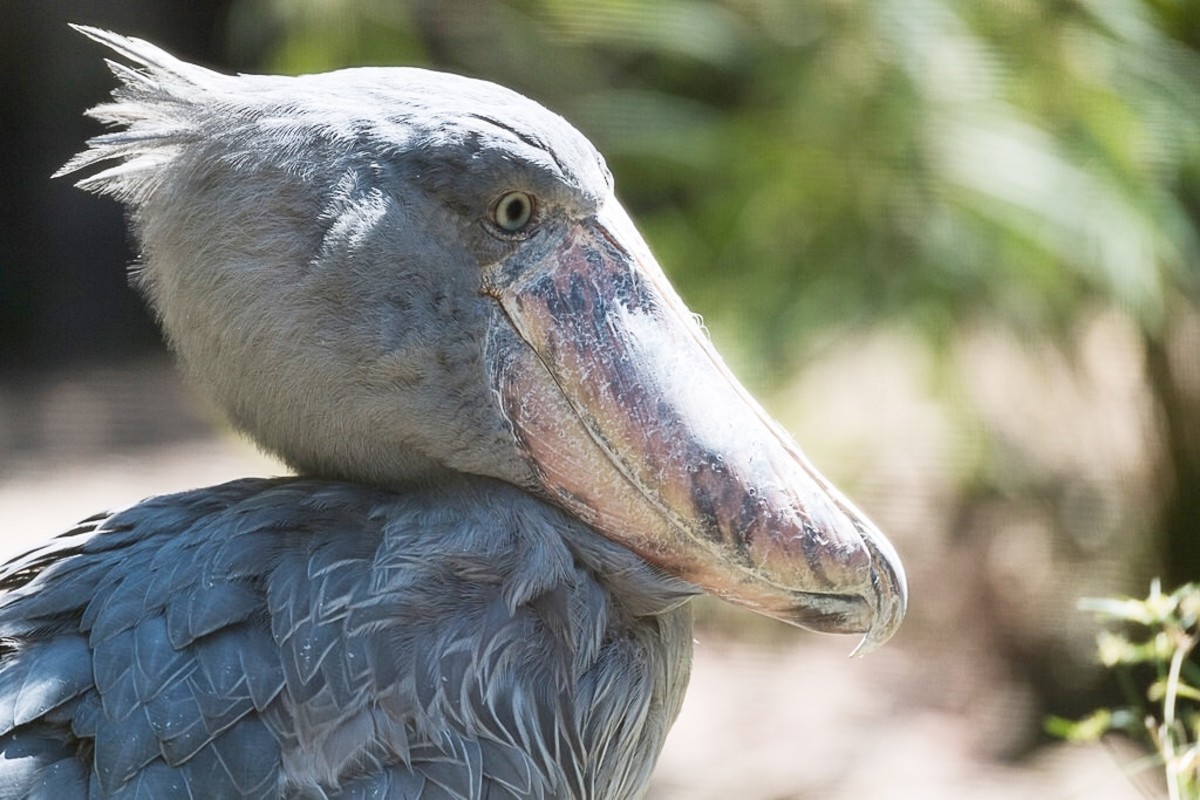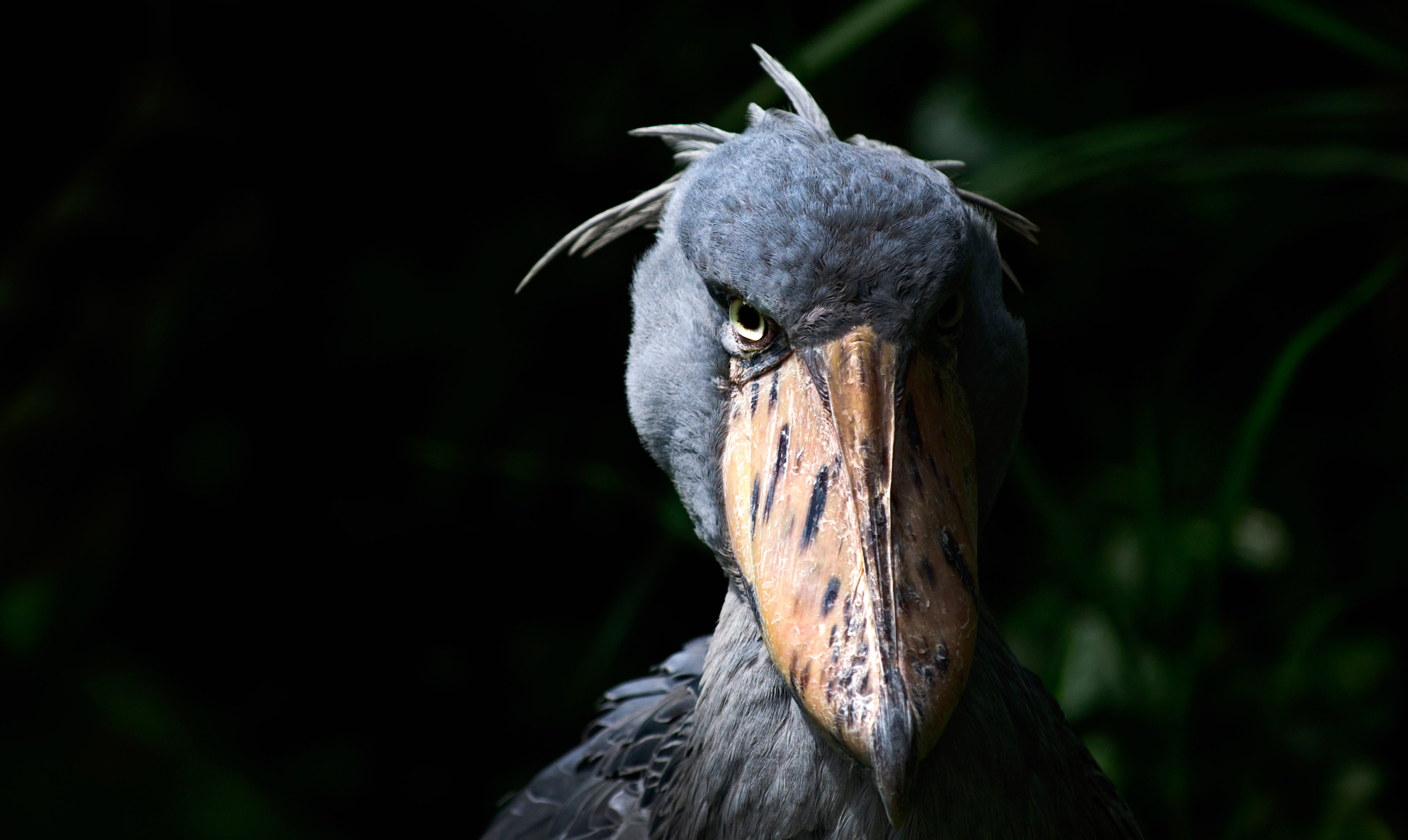

The birds release a loud interjection making a bill-clattering display to attract a partner. It sounds similar to hippopotamus’ call but on steroids. The time when they do make noise is mating time. Most countries deem it illegal to keep a shoebill stork as a pet, and the species is on the verge of extinction, making each individual critical to the species’ survival. The Shoebill is declining as a result of habitat destruction and degradation, pollution, nest disruption, hunting, and capture for the live bird trade. Shoebills are hunted as food in some places, and in others, they’re hunted because they’re considered a bad omen.

They consume large fish such as lungfish, eels, and catfish, as well as bizarre creatures such as Nile monitor lizards, snakes, and newborn crocodiles. Shoebills hunt for smaller prey in the marshes of eastern equatorial Africa. Storks have been known to combat crocodiles, other stork species, and even each other. If a powerful animal irritates the stork for whatever reason, even being in their line of sight, the stork will attack the intruder. If a weaker animal crosses their route, the stork will spring from its hiding location and transform it into a meal. They fight off both tiny and huge animals. The shoebill stork will not accept “no” for an answer! The species is combative. Illness is common, predators abound, and food can be sparse. It has an unsettling average height of four and a half feet and an eight-foot wingspan, and its seven-inch beak can easily rip through a six-foot lungfish. The shoebill is without a doubt one of the most terrifying-looking birds on the globe. They make this scary call by vibrating their throats and smacking their upper and lower bills together. It’s been likened to a hippopotamus mating cry. They are not commonly seen by humans, which only adds to their mystique and fear factor.Īgain, when approaching a prospective mate, shoebills clatter their bills together to make a machine gun fire sound. Shoebills are terrifying because of their large size, their exceptionally long and sharp beaks, and their preference for hunting in murky swamps. The shoebill stork will not threaten humans, but will only stare right back at them.

Researchers studying these birds have been able to come within 6 feet of a shoebill stork on its nest.

Shoebill storks are very docile with humans. It will even eat newborn crocodiles and Nile monitor lizards. The shoebill’s particular peak lets it catch huge animals like lungfish, tilapia, eels, and snakes. They primarily eat fish, but will also eat small mammals, reptiles, and amphibians. The shoebill is a large stork-like bird that lives in tropical areas of Africa. When a shoebill bows, its head, and neck are lowered, and its bill is pointed downwards. It is a gesture that is used to show respect, appreciation, or submission. Shoebills bow to communicate in social situations. Shoebills are considered to be near-threatened due to their declining population. They live near lakes and rivers, where they feed on fish. The shoebill, also known as the whalehead, is a large, stork-like bird that inhabits tropical Africa. Although it has a large beak, it is typically shy and will only attack humans or animals if it feels that its young are in danger. The Shoebill stork is not a particularly dangerous bird.


 0 kommentar(er)
0 kommentar(er)
